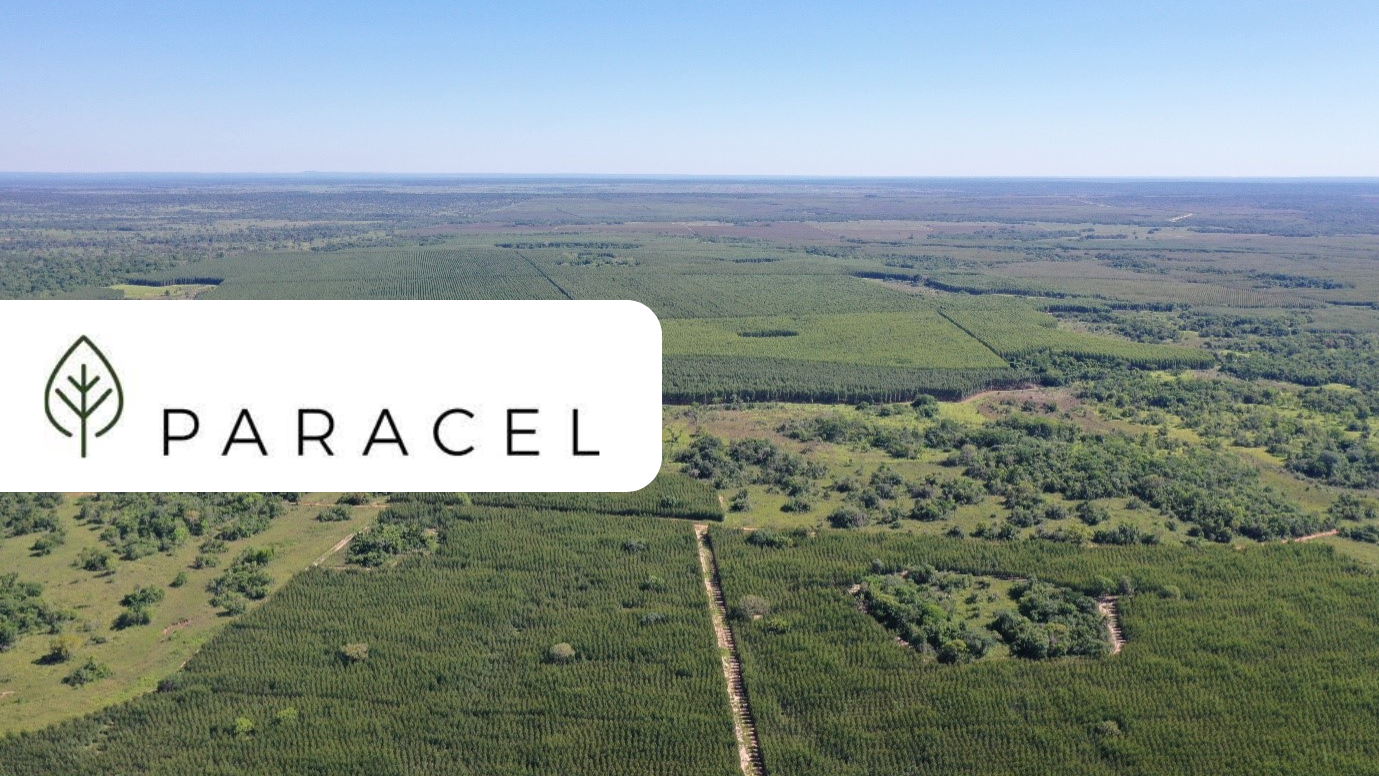Date and Publication
1997: Seventh Symposium on Systems Analysis in Forest Resources
Authors
Ugo Feunekes, Andrew Cogswell
Paper Summary
This paper describes a hierarchical approach to spatial forest planning developed by Remsoft that can be used to create harvest blocks that meet maximum opening, green-up, and other constraints. The approach relies heavily on decisions and trade-offs made during long-term strategic analysis to simplify the blocking phase and to ensure that the harvest blocks generated meet long-term objectives and constraints. A series of case studies illustrates the implementation of the system on the ground and highlights key components of the approach.
The practice of forestry is increasingly coming under the regulatory influence of many different organizations, from environmental watchdogs to Federal agencies (e.g., NEPA). Concerns over the impacts of forest operations on the forest landscape have compelled a number of agencies to take initiatives to address these issues. One result of this has been the definition of explicit limits on how forest operations should be implemented and the establishment of procedures to measure compliance with these guidelines. The American Forest & Paper Association, for example, has taken a proactive approach by outlining guidelines for member forest companies to implement sustainable forestry practices (Wallinger 1995), many of which represent a fundamental change in how forest planning and operations are practiced. In addition, many of these guidelines have a significant impact on both present and future harvest volumes.
At the same time, forest management planning, particularly harvest scheduling under spatial constraints, has witnessed notable advances in the techniques and approaches used to solve the problem. Nevertheless, practical, comprehensive procedures and tools that aid forest managers in developing sustainable, spatially feasible management plans at an operational-scale are still rare. This is because the majority of techniques cannot deal with problems on the scale faced by forest managers—typically hundreds of thousands of polygons. Also, issues surrounding the actual implementation of a planning system have not yet been adequately addressed.
This paper describes an approach developed by Remsoft and used by a number of forest companies throughout North America to produce spatially feasible harvest schedules that meet long-term sustainability criteria. The approach has been shown to work on both small case studies as well as operational-sized problems.



